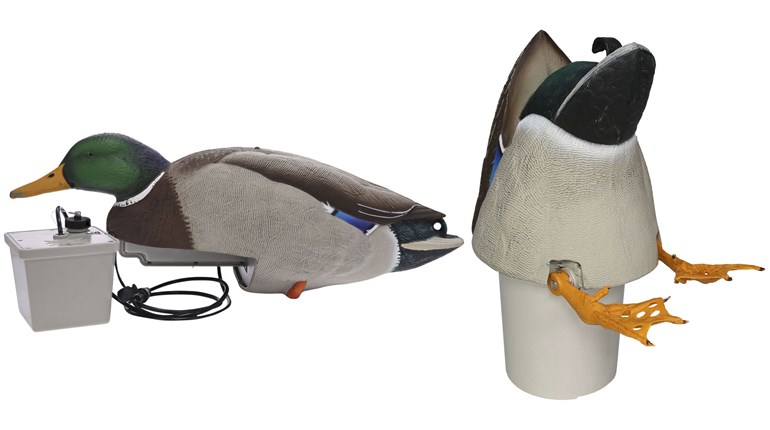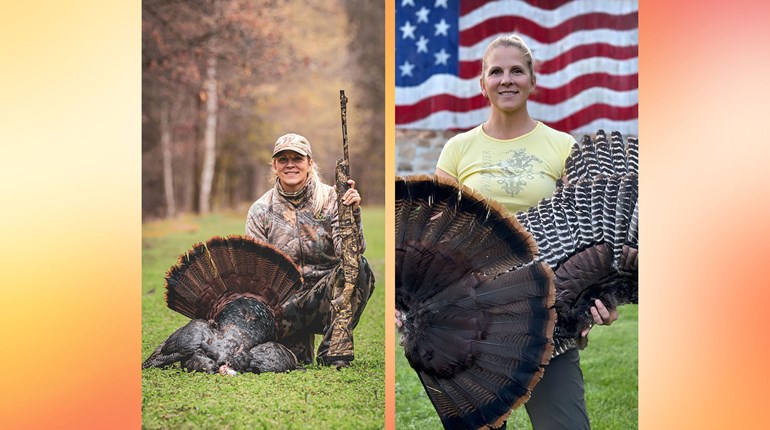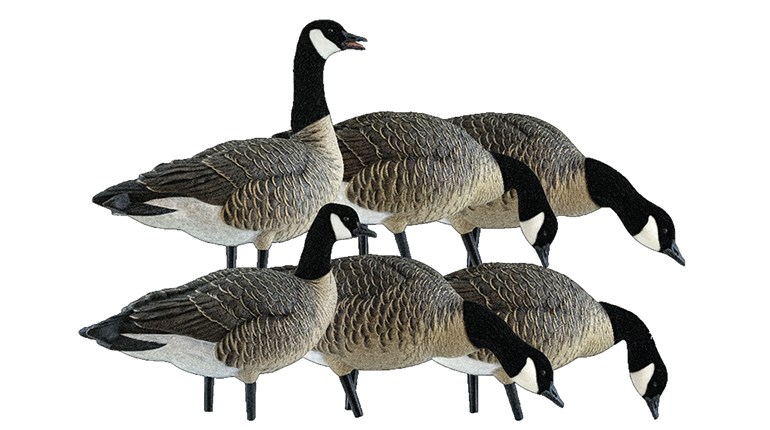
Since the strategy of using a turkey decoy revolves around a tom seeing it, suggesting you hide that decoy sounds counterintuitive to success. There’s method to the madness, however, especially if others hunt the same turkeys as you. A turkey’s brain may be diminutive, but it’s spot-on for identifying danger like a decoy that remains motionless for too long.
Save for warm, midday hours, turkeys typically are in perpetual motion as they strut, scratch, peck and stroll through their homeland. Unfortunately we can’t always add motion to our decoys. Windless days that prevent decoy movement promise statuesque results. Regulations may rule out electronic decoys, or your budget may not permit the purchase of a motorized fake. The sight of a motionless decoy may not stir paranoia among unpressured turkeys, but for a public-land tom in Georgia it could set off alarms.
Have you ever had a gobbler look at your decoy set along a field edge then either lock down in a stare-off or just disappear? The more time you give a turkey to review the situation, the more likely paranoia will replace lust. Forcing a tom to search for your decoy lessens his viewing time and could bring him closer.
As you sneak toward a setup, review the topography and environment. Look for trail nooks, thickets, depressions, ridges and other features to stake a decoy behind. The goal is not to hide the decoy so well that a turkey bumps into it with a hide-and-seek surprise; that can be just as alarming as a motionless facsimile. You simply want to hide the decoy enough so a turkey doesn’t have time to stare at it for minutes on end.
Think of it as a big game of tease. Sultry yelps from an out-of-sight location will ward off suspicion. When the tom finally steps out from behind a briar patch and into a woodland glade, he’ll see what he wants and want what he sees. Strutting will ensue as the gobbler ramps up his courting, presenting you with a shot.
That’s how it works in a perfect world, but even in a less-than-ideal situation your odds of bringing a tom into close range increase in cover as compared to trying to pull him across a hayfield. You may even discover dense settings where no decoy is needed at all.

Detailed Deception
Hiding your decoy may make a gobbler come searching, but when he finds it you want him to like—or in the case of a fake jake, hate—what he sees. These posers will stand up to his scrutiny.
Rinehart Doloma Hen
Just 2 inches wide and made from foam, the Doloma (above left) is easy and quiet to carry. MSRP: $59.99; rinehart3d.com.
Avian-X HDR Jake
Two interchangeable heads make this guy (above center) appear submissive or ready to fight. MSRP: $149.99; avian-x.com.
RedHead Upright Relaxed Hen
A high-definition finish adds natural-like sheen, and taxidermy-grade eyes help seal the deal. MSRP: $24.99; cabelas.com.





































